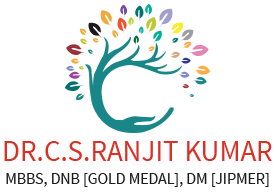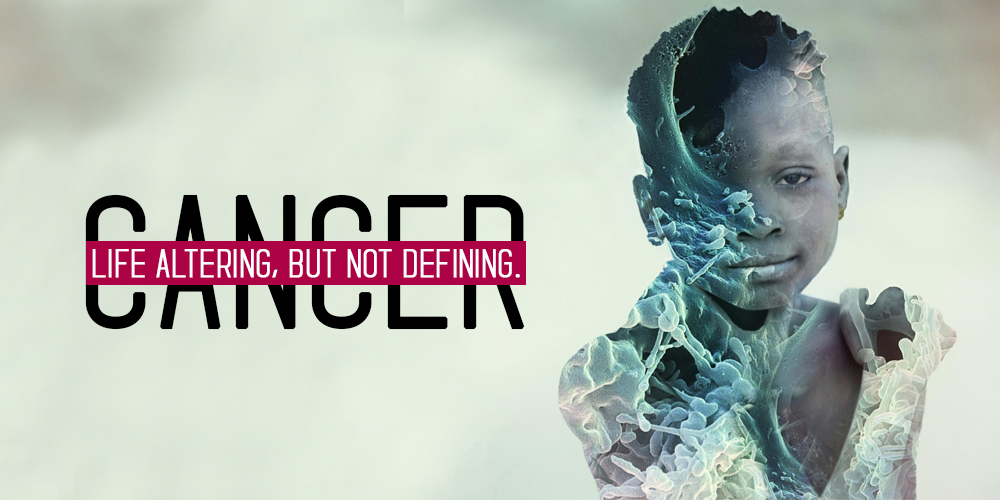What is Liver Cancer
Liver cancer is a growing cause of casualties in India and the world. Like all cancers, liver cancer can also be attributed to the uncharacteristic rise in cell reproduction. When more cells are produced than needed, tumours, which can be either benign or malignant, are formed. The benign tumours are relatively harmless, as they can be eliminated from the system. On the other hand, malignant tumours are hard to deal with and escalate into cancer. These tumours multiply at a rapid pace and spread to distant body parts via blood and lymph nodes.

Liver cancer stages
Stage 1
At the onset of liver cancer, a tumour develops within the liver. However, effects of the tumour are localized, as it is yet to come in contact with any blood vessels.
Stage 2
: The tumour grows in dimension reaching a size up to 5 cm across. The possibility of developing several small tumours is also there. Though the tumour has grown into blood vessels, the spread is still localised.
Stage 3A
This stage is also characterised by outgrowth of the tumour(s). The average size of the tumour is 5 cm across, and surrounding lymph nodes still remain immune to the cancer.
Stage 3B
One or more tumours intrude into the portal or hepatic vein of the liver. Here the nearby lymph nodes and distant body organs are yet to get in contact with the malignancy.
Stage 3C
The tumour has either engulfed the outer surface of the liver or penetrated into nearby organs. Distant sites are still not affected by the cancer.
Stage 4A
The size and number of tumours in the liver grow phenomenally. This stage also marks the spread of tumours into lymph nodes, blood vessels or surrounding organs. The distant sites are still unaffected.
Stage 4B
The entire body is infected by the malignant cells.
Treatment overview
In cancer care, different types of doctors often work together to create a patient’s overall treatment plan that combines different types of treatments. This is called a multidisciplinary team. Cancer care teams include a variety of other health care professionals, such as physician assistants, oncology nurses, social workers, pharmacists, counsellors, dietitians, and others.
Treatment options and recommendations depend on several factors
- How much of the liver is affected by the cancer?
- Whether the cancer has spread
- The patient’s preferences and overall health
- The damage to the remaining cancer-free area of the liver


